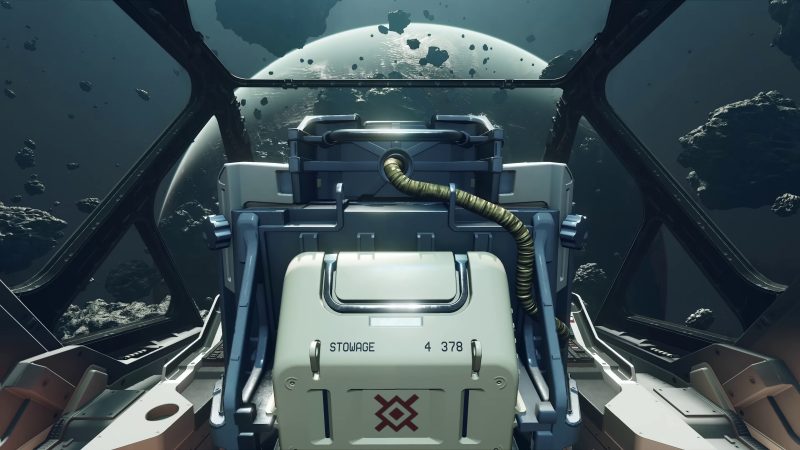In a vast sea of stars and a galaxy teeming with over 1,000 planets, the highly-anticipated RPG, Starfield, from Bethesda Game Studios, has promised an experience unlike any other.
As the game prepares for its launch, there's much debate about its scope, the intricacies of procedural generation, and what players should realistically expect.
According to Bethesda's Head of Publishing, Pete Hines, players are free to roam the surface of any planet they'll come across - assuming, of course, it's not a hazardous gas giant. Brave adventurers are encouraged to explore, or as Hines puts it, "Walk on, brave explorer". But here's the catch: While exploration is encouraged, don't expect a rover or a mech to ease your journey. There will be no ground vehicles. With approximately only 10% of planets showing signs of life, Howard's revelation indicates the quiet majesty of space, a vastness both breathtaking and sometimes hauntingly empty.
While the vast universe's size is awe-inspiring, a looming question for many is the application of procedural generation.
Bethesda isn't a newcomer to this tech, having previously experimented with it in The Elder Scrolls 2: Daggerfall. While the game boasted thousands of cities and dungeons, many players felt that these procedurally generated locations lacked depth and intrigue.



